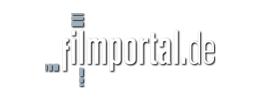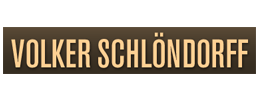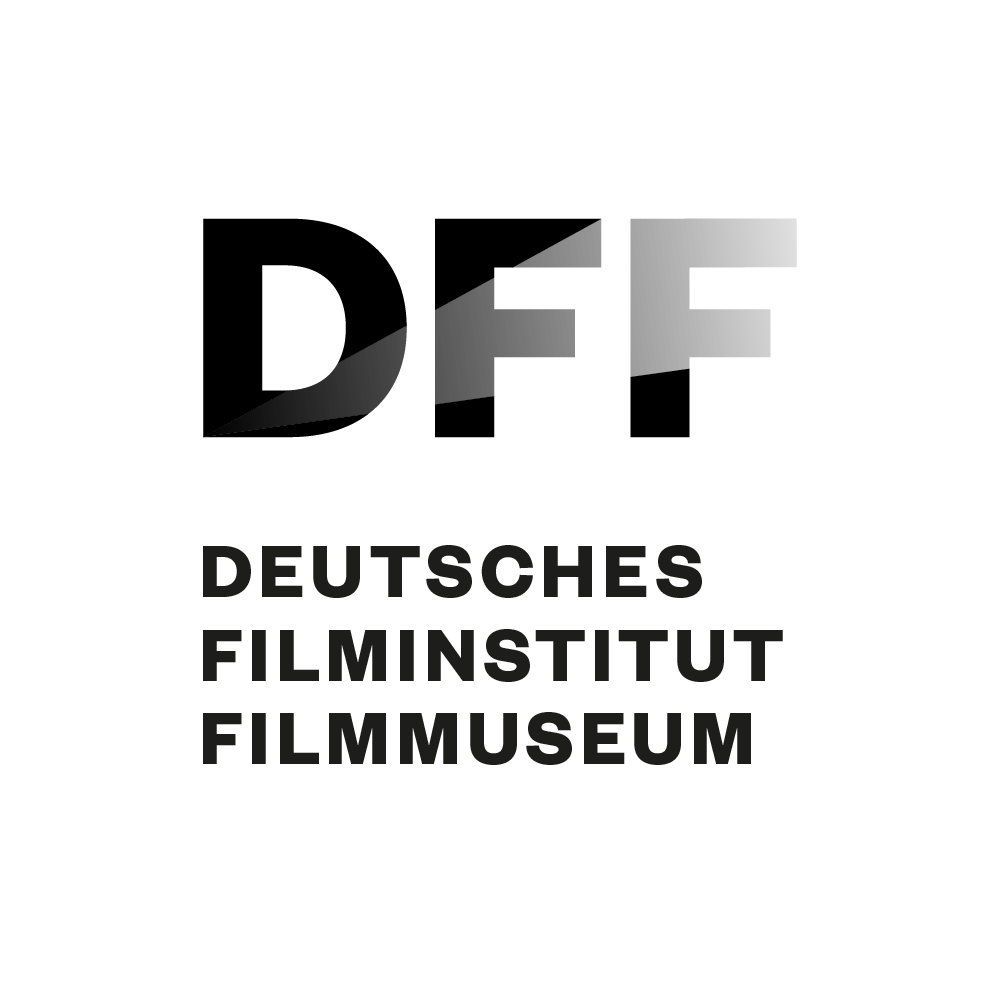Introduction
Volker Schlöndorff is one of the best known film directors of post-war Germany. He was born on 31 March 1939 in Wiesbaden, but home for him is indeed the whole world. Aged seventeen, he left Hesse to continue his schooling in the French Jesuit boarding school Saint François-Xavier in Vannes where he discovered not only his love of France but also his love of film. Against the wishes of his father – who would have preferred to see his son follow him into a medical career – he decided to pursue a career as filmmaker.
Since then, Volker Schlöndorff has made thirty-five films in a career which has spanned more than five decades. Schlöndorff began his career as an assistant director to Louis Malle, Jean-Pierre Melville and Alain Resnais. His latest film, Diplomatie (Diplomacy) opened in German cinemas in August 2014.
Filming has taken him all around the globe, from France, Poland, Italy, the former Yugoslavia, Greece, the USA and Mexico to the vastness of the Kazakhstan steppes. But Volker Schlöndorff has always returned to his homeland in Germany. He celebrated his roots in Hesse on film with Der plötzliche Reichtum der armen Leute von Kombach (The Sudden Wealth of the Poor People of Kombach, 1970/71.) Schlöndorff’s oeuvre combines fractures with continuities: large-scale international co-productions with star ensemble casts such as Die Blechtrommel (The Tin Drum, 1978/79), Die Fälschung (Circle of Deceit, 1981), Eine Liebe von Swann (Swann in Love, 1983/1984), Death of a Salesman (1985), A Gathering of Old Men (1986/87), The Voyager (Homo Faber, 1990/91), but also “more modest” productions like The Sudden Wealth of the Poor People of Kombach, Mord und Totschlag (A Degree of Murder, 1966/67), Baal (1969), Strohfeuer (A Free Woman, 1972), Die verlorene Ehre der Katharina Blum (The Lost Honor of Katharina Blum, 1975), Der Fangschuss (Coup de Grâce, 1976), Die Stille nach dem Schuss (The Legend of Rita, 1999/2000), Der neunte Tag (The Ninth Day, 2003/04), Ulzhan – Das vergessene Licht (Ulzan, 2006/07). He makes films for cinema and television, stages operas and plays. He almost always reverts to literary models and adapts them for the appropriate medium, often with himself as screenwriter.
Individuals and their position in the social fabric are at the centre of his storytelling. The figures in these films are not society’s winners. These films serve to illustrate the different states of disadvantage under which people suffer, and against which they protest and from which they break free. Sometimes they are introverted (Willy Lohman in Death of a Salesman, Walter Faber in Voyager), and sometimes they are vociferously extroverted (Oskar Matzerath in Tim Drum, or Agnieska in Strike [Strajk – Die Heldin von Danzig]).
More on filmportal.de and Volker Schlöndorff’s website: 

The Collection
The production archive, which Volker Schlöndorff transferred to the Deutsches Filmmuseum in 1992 and which he has since then personally continued to extend, displays these fractures and continuities. His artistic hand, literally and metaphorically, can be detected in almost every object and at every step of the film’s production. Schlöndorff, who has produced his own films since 1969 with Hallelujah Film and then from 1974 with Bioskop Film (with the production company’s documentation forming an extension the collection), is involved with the acquisition of film rights, drawing up costings and finance plans, writing screenplays and storyboards, and devising promotional suggestions for cinemas.
Starting from 31 March 2014, the Volker Schlöndorff Collection will be made ever more accessible to the public by harnessing new media through the virtual exhibition.
Virtual exhibition: the other dispositif
There is always a certain magic in visiting a museum. Carefully selected and curated objects are come alive through their presentation and a powerful aura is bestowed on them which can be felt as you walk through the exhibition rooms. But the more often the precious originals are presented to a wide audience, the greater the threat of their being damaged. The curator is faced with a particular challenge. Professionally, their guiding principle is to conserve the objects and their aura over time. At the same time, however, their value and the curator’s work are only legitimised when these objects are exhibited. As exhibited items, the originals disappear behind protective glass screens and barriers which in turn impede close viewing. At the same time, reproductions are increasingly being exhibited in museums whereby the original is copied, thereby protecting it but at the same time downgrading it. The virtual exhibition is the logical step in harnessing technical possibilities and means of representation by allowing museums and other establishments to make their inventory accessible online.
The approach taken with virtual exhibitions is different and new. Content can be retrieved anywhere and at any time on laptops, tablets and smartphones. In the museum context, we are now also increasingly working with digital reproductions and representations. Archival material can be made open access and be disseminated in a virtual form. At the click of a mouse or the swipe of a hand, this material can be retrieved in high resolution, zoomed in on, studied in detail and shared with others – and without the original being damaged. The brightness of an original can fade. With a virtual space, however, it is possible to experience exhibits of different materialities (photographs, documents and film) and to connect with them in a new, interactive way.
Finally, this exhibition is a response to the high demand for the documents and objects included. The Schlöndorff collection is one of the most used components of the archives of the Deutsches Filminstitut, with requests from academics, curators and journalists from within Germany and abroad. This high demand is met by the intensified development of content and the processing and contextualisation of the inventory following the digitalisation and accessibility of the collection online.
Our intention for the Volker Schlöndorff Collection as Virtual Exhibition project is that it will be extended and developed, not only through the continuous reprocessing of objects by the curators, but by interaction and dialogue with visitors to the site. For example, in certain cases and despite intensive research, it has not been possible to determine all the people represented in photographs or the photographers were. In such cases, we ask you to contact us.
Thanks
We are particularly grateful for the financial support of the “Förderkreis” of the Deutsches Filminstitut, without which the start of this innovative project would not have been possible. Many thanks to all the in-house colleagues who supported us with advice and practical help, and in particular to Eleonore Emsbach for letting us share her specialist knowledge of digitalisation and image adaption and for always having an open ear for the “malice of technology”.
We would also like to thank friends and colleagues of Studiocanal GmbH and Weltkino Filmverleih GmbH, Christiane Habich und Marek Bringezu for their generous support and permission to present and share .
Isabelle Bastian und Hans-Peter Reichmann, March 2014

